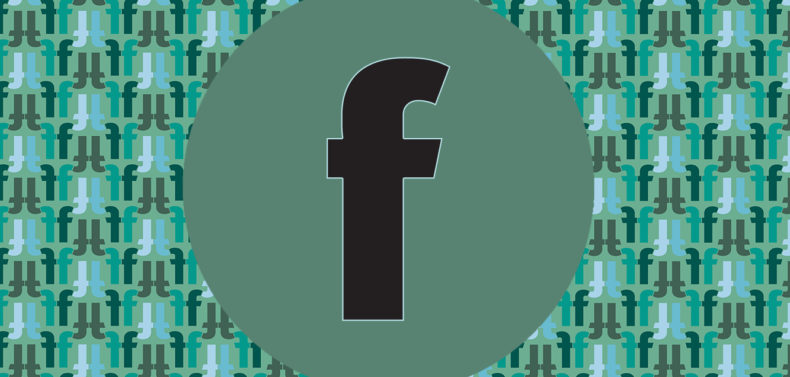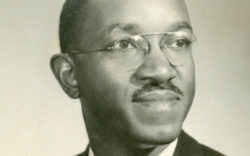As usual, the Ol’ Bloviator is entering the New Year in a state of perplexity and confusion. Best he can tell, our wise and courageous leadership in Washington did not actually avert a tumble over the fiscal cliff, but as has been their wont, simply postponed it once again. This bunch did step just a bit out of character by, however unwittingly or accidentally, actually changing a few things. As a result, one of the things that the OB actually knows for sure is that taxes are going up on Americans with higher incomes, although, while those affected are not exactly happy, their rates are still far more moderate than they were between 1940 and 1980. Moreover, the estate tax exemption has now been fixed at $5 million and pegged to inflation, meaning, so say the bean counters, that no more than 1 percent of Americans will affected by this levy going forward. (Color the OB a little skeptical on this contention, which, he believes, will show once again that bean counters don’t know beans about distinguishing the theoretical from the practical.)
But what of the oft-invoked “suffering middle class”? How did we/they fare in this deal? The most tangible “relief” proffered them courtesy of the latest tongue wagging and teeth gnashing congressional episode was setting the threshold for the infamous Alternative Minimum Tax at $78,750 and indexing it to inflation. It wouldn’t take the OB long to tell you all he knows about the AMT other than that it has existed in some form since way back in 1969 and began ostensibly as an effort to insure that the rich could not squeeze through enough loopholes to avoid paying taxes altogether. Thanks to inflation, however, what it took to at least look rich back then barely makes you look middle class today. In keeping with their longstanding proclivity for never fixing anything that can be duct-taped, over the last forty-three years, our most worthy representatives in Congress have opted nearly twenty times to “patch” the tax threshold rather than simply peg it to inflation as they finally opted to do just a few days ago.
Beyond Congress’s predictably procrastinatory approach to this problem, what strikes the OB here is the claim that the move saved 28 million “middle-class taxpayers” from exposure to what was once called “the wealth tax.” Does that mean that the upper limits of middle class household income lies just south of $80K? To the OB, the selection of such an arbitrary figure, (representing roughly the 70th percentile nationally) simply illustrates how ambiguous and, in many cases, utterly meaningless, the “middle-class” appellation has become.
Trying to figure out who the middle class actually is—or isn’t, for that matter—is nothing less than an exercise in utter futility. The median household income in the U.S. sits just a little north of $50K right now, but is that where the middle class begins or where it “middles”? The typically smart and sober folks at the Pew Foundation define middle-class income as falling between 66 and 200 percent of the median figure (roughly $33,000 to $102,000 as of now). However, as the percentage of Americans with family incomes in that range has fallen by 10 percent (to roughly 50 percent of the population) over the last four decades, politicians on both sides of the aisle have steadily inflated its upper income limits, possibly because it gave them more leeway to defend programs actually geared to the interests of higher-income Americans (read: likeliest voters and potential donors) as “relief for the middle class.” Thus it was that, last fall, both contenders for the presidency pegged the top end of middle-class-family income at the tidy sum of $250,000.
Although few bothered, anyone who checked the current census numbers might have pointed out that the Romney/Obama figure pushed the ceiling of middle-class income all the way to the 98th percentile. Surveying the sweep of income thresholds and ceilings suggested, we find that, potentially, all but the bottom 20 percent and top 2 percent of households nationally belong to this mythical mega- middle class. Steeped in notions of a fluid, relatively classless society, Americans have been quick to take refuge in the middle-class moniker, which marks them as a stabilizing presence, someone whose status has risen, but not easily or rapidly enough to make them forget their roots or embrace the airs and pretensions of the elite. A recent survey, for example, showed that four in ten Americans earning less than $20,000 per year and one in three earning more than $150,000 considered themselves middle class.
Over the years, many models incorporating social and cultural traits have been devised to define and determine membership in the middle class. A number of these alternative approaches have emphasized conservative moral values and a mindset geared more to providing for the future than living it up in the here and now. If you combine this philosophical perception with the hard economic realities of what it means to be middle class these days, neither the present nor the future looks all that great. Battered by big-time portfolio shrinkage, income stagnation, and a 7 percent decline in real net worth over the past generation, the current ostensible middle class is also beset by rising food, fuel, and tuition costs. Yet with a whole bunch of them continuing to empty their pockets and stretch their credit to the very snapping point in order to forestall lifestyle retrenchment for themselves or their offspring, many of today’s debt-and anxiety-ridden middle Americans would find no resonance whatsoever in re-runs of “Father Knows Best” or “Leave It To Beaver.”
Looking just a little farther down the road, with folks whose outward circumstances mark them as middle class running through their 401Ks like Johnny Football through the Oklahoma defense, the implications for the already-endangered future of Social Security grow even darker. Not only will these folks be signing up in record numbers, but rather than treating their SS checks as “play money” to be used for spoiling their grandkids or enjoying an occasional geriatric cruise, they will now be counting on them to pay for groceries, prescriptions, etc., instead. Unlike historically low-income SS recipients conditioned to austerity, these are folks who spent most of their days living, if not luxuriously, at least comfortably. Moreover, again compared to those conditioned to live on less, these now-dependent middle classers are both more disposed and better equipped to raise a political ruckus in order to elevate their circumstances. Thus, it would seem that the oft-prophesied “throw down” between the upper-class “haves” and the lower-class “have nots” might well morph into a triangular fire fight also involving a new contingent of “once hads.” Regardless of how middle-class membership might be defined or delineated these days, what was once seen as the bedrock of American society is starting to look a bit more like shifting sand.
Like what you just read? Support Flagpole by making a donation today. Every dollar you give helps fund our ongoing mission to provide Athens with quality, independent journalism.










